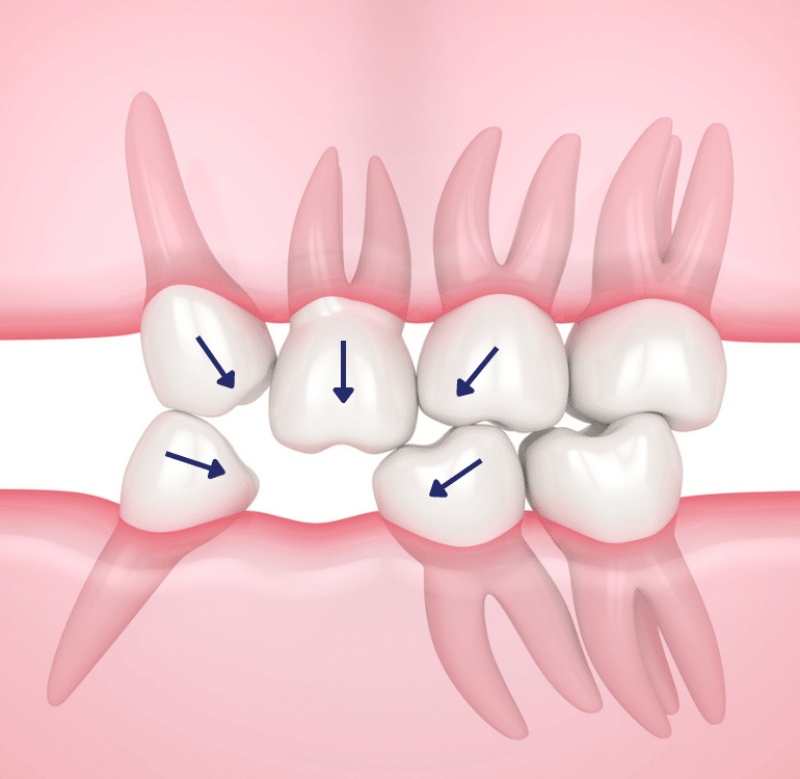
24/09/2024
Did you know that leaving a gap between teeth for too long without wearing dentures not only increases the risk of teeth shifting or collapsing, but also makes dental implants more difficult? It can lead to gum disease and even cause the jawbone to deteriorate.
As we know, when we lose teeth, regardless of how many, the next step for the patient is to visit a dentist to plan treatment and place dentures in the areas where teeth have been lost to prevent other potential complications. One of these complications is jawbone deterioration. Today, we want to help everyone understand this condition and find the correct way to prevent it.
It is caused by wearing dentures without dental implants and by periodontal disease. Periodontal disease is a condition affecting the tissues surrounding the teeth, including the gums, root covering, periodontal ligaments, and jawbone, causing severe inflammation. If not treated promptly, it can lead to jawbone deterioration, abscesses, loose teeth, pain when chewing, and may even require tooth extraction.
Yes, but not 100%. Dental implants do not directly protect the jawbone; instead, they help slow down bone loss by supporting and distributing the chewing forces. Additionally, dental implants help reduce the risk of losing neighboring teeth by serving as anchors for dentures and helping to absorb the chewing forces from adjacent teeth.

Yes, but bone grafting is required first. The dentist will perform a surgical procedure to graft bone and strengthen the jawbone, making it capable of supporting implants and chewing forces. The time required for bone grafting varies depending on the amount needed and the individual’s physical condition.
When we lose a tooth and let time pass, our bone gradually shrinks, especially in the area of the front teeth, which requires extra care. Not only do we need bone to anchor the dental implant, but we also need to ensure that it blends beautifully with the surrounding teeth. Therefore, dentists often recommend bone grafting to strengthen the area for the dental implant. There are two methods of bone grafting:

Bone grafting requires a waiting period of 2-4 months for the bone to bond. Once the period is over, only about 40-60% of the grafted bone may remain. Therefore, dentists often place more bone than needed or adjust according to each case. Factors that affect the success of the procedure include:
However, when problems with your teeth or oral health arise, it is recommended to see a dentist as soon as possible for the best oral health outcome. This allows the dentist to diagnose the root cause of the problem and plan a quick, precise, and safe treatment before the issue worsens and becomes difficult to fix, which could lead to escalating costs.
When getting dental implants, it’s important not only to understand the meaning and procedure of dental implants but also to …
1 year agoAnother type of dental implant suitable for those who have lost all their teeth is the 3 on six. If …
1 year agoSmall issues like chipped or cracked teeth can have long-term effects on both health and appearance without us even realizing …
1 year ago